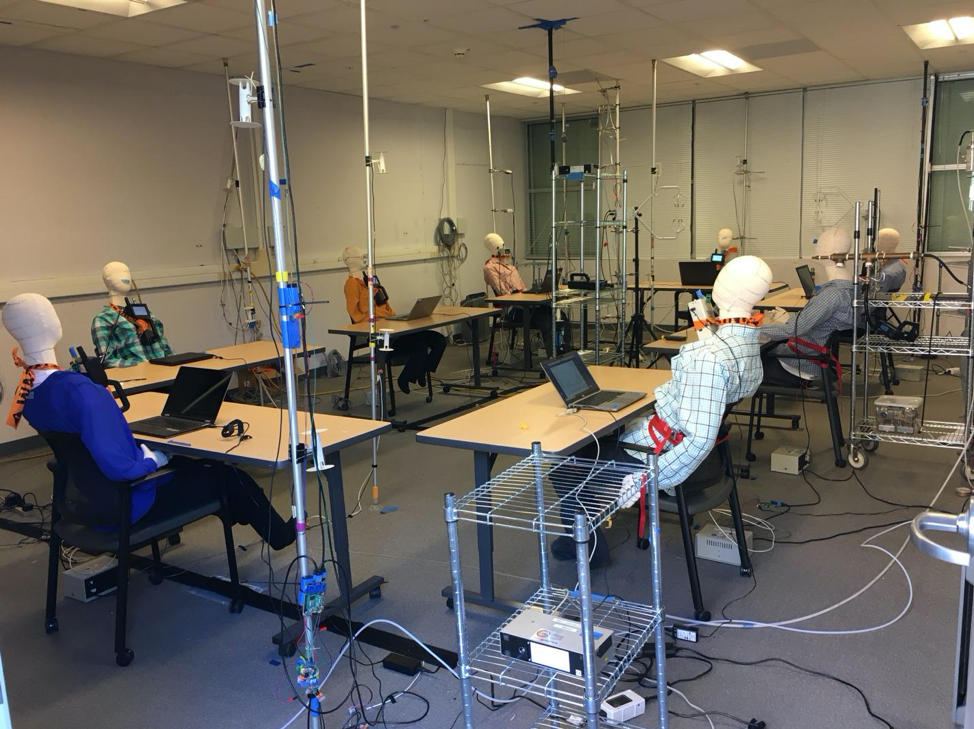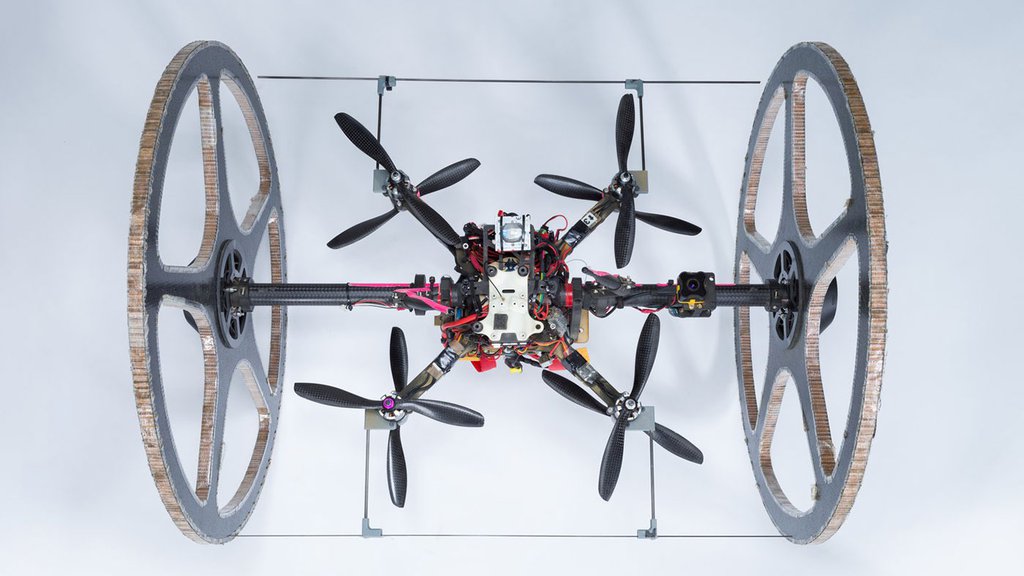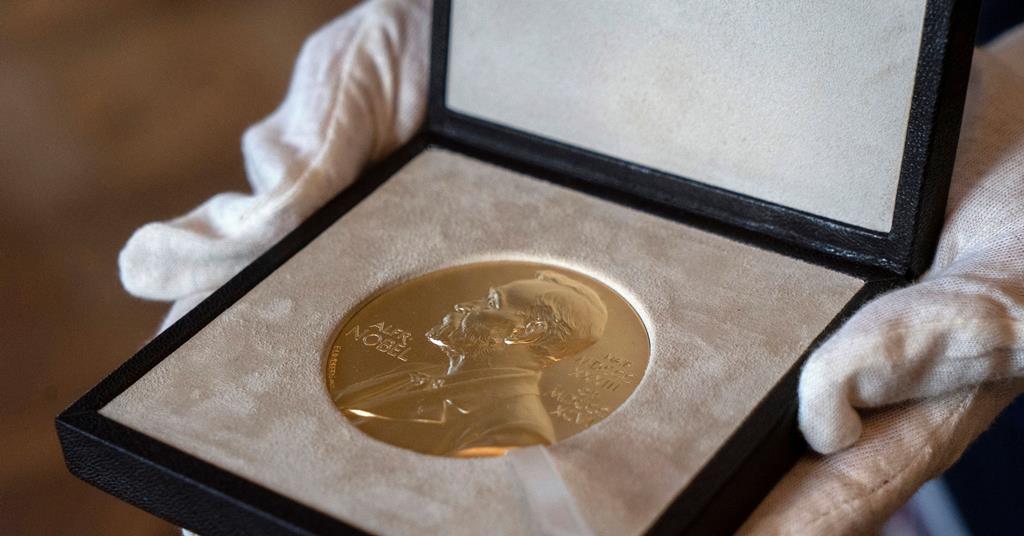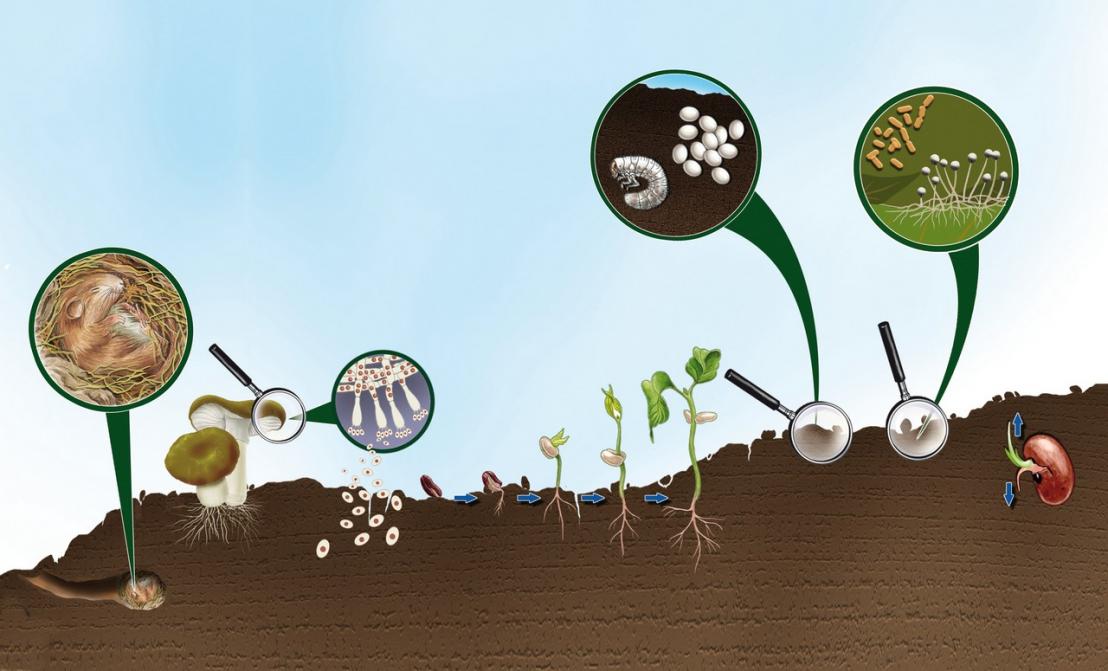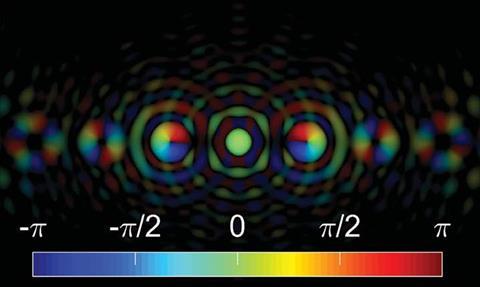[embedded content] Northwestern University engineers have added a new capability to electronic microchips: flight. About the size of a grain of sand, the new flying microchip (or “microflier”) does not have a motor or engine. Instead, it catches flight on the wind — much like a maple tree’s propeller seed — and spins like a […]
Read More
